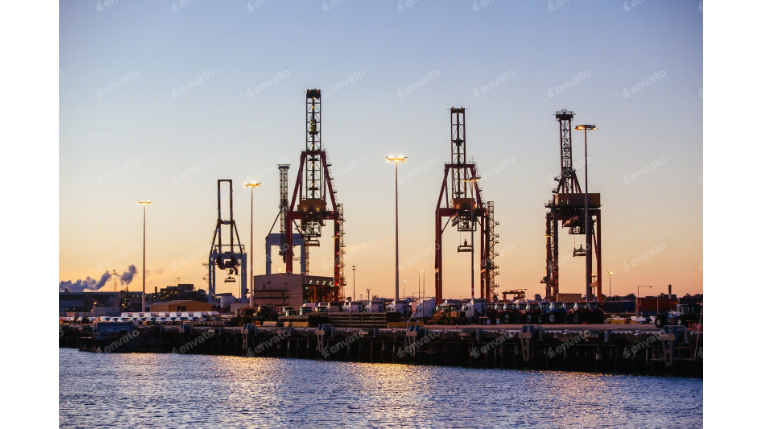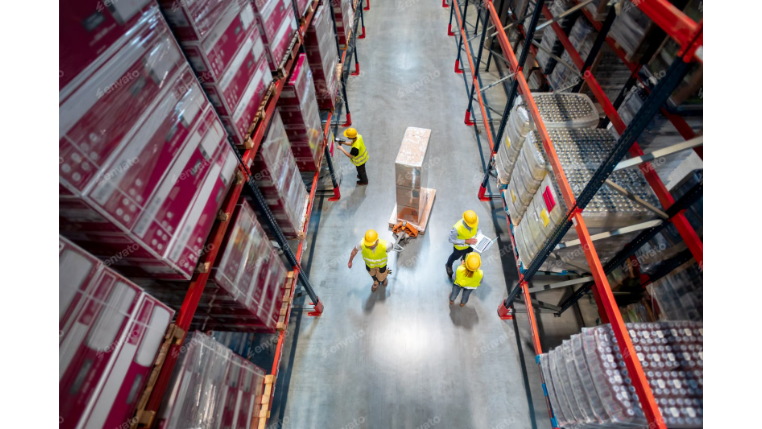Freight Shipping 101: A Beginner's Guide to Moving Goods Efficiently
Freight shipping is the engine of our global economy. It's the complex, coordinated process that gets raw materials to factories and finished products to storefronts and front doors. For any business that deals with physical goods, mastering the fundamentals of freight is not just an operational task—it's a strategic imperative.
While the world of logistics can seem intimidating with its acronyms and complex pricing, the core principles are straightforward. Understanding these fundamentals is the key to building a more efficient, cost-effective, and reliable supply chain. This guide will provide that essential foundation.
What is Freight Shipping?
Freight shipping is the process of transporting bulk goods or cargo from one location to another via land, sea, or air. The key differentiator between freight and parcel shipping (like sending a small box via a courier) is size and weight.Generally, shipments weighing over 150 lbs (approx. 70 kg) are considered freight.
Choosing the Right Shipping Method: A Balancing Act
The first major decision in any shipment is selecting the right mode of transport. This is a critical balancing act between speed, cost, and the nature of your cargo.
- Trucking (Road Freight): The most common mode for domestic shipping.
- LTL (Less Than Truckload): Perfect for smaller shipments that don't require a full truck. Your goods travel alongside other shippers' cargo, making it a very cost-effective option.
- FTL (Full Truckload): You book an entire truck for your exclusive use. It's faster and more secure than LTL because there are no transfers, making it ideal for large or high-value shipments.
- Ocean Freight: The backbone of international trade. It is by far the most cost-effective way to move large, heavy shipments over long distances, but it is also the slowest.
- Air Freight: The express option. Air freight is the fastest way to ship goods globally, making it essential for time-sensitive, high-value, or perishable products. This speed, however, comes at a significant premium.
- Rail Freight (Intermodal): A highly efficient and eco-friendly option for moving bulk goods over long inland distances. It's often used in an "intermodal" strategy, where containers are moved by train across the country and then transferred to a truck for final delivery.
The Essentials of Packaging and Documentation
Two of the most common sources of problems in freight shipping are poor packaging and inaccurate paperwork.
Packaging
Proper packaging is your shipment's first and best line of defense against damage. For palletized freight, this means:
- Using sturdy, high-quality pallets.
- Stacking boxes squarely and evenly, without overhang.
- Using sufficient cushioning (dunnage) inside boxes.
- Securely shrink-wrapping the entire pallet to keep it stable.
Documentation
Accurate paperwork is non-negotiable. The three "must-have" documents for nearly every freight shipment are:
- Bill of Lading (BOL): This is the single most important document. It acts as a contract between the shipper and the carrier, a receipt for the goods, and a document of title.
- Commercial Invoice: The bill of sale for the goods, used to determine value, especially for customs purposes.
- Packing List: A detailed list of what is in the shipment, including weights, dimensions, and quantities.
Managing Your Freight Costs: What Drives the Price?
Freight rates can seem complex, but they are generally driven by a consistent set of factors:
- Distance: The further the shipment travels, the higher the cost.
- Weight and Density: Both are critical. Carriers use a formula to determine a shipment's "chargeable weight."
- Freight Class (for LTL): A standardized number (from 50 to 500) that classifies goods based on their density, ease of handling, and liability. A lower class means a lower rate.
- Mode of Transport: The chosen method (air, ocean, etc.) is a primary cost driver.
- Surcharges: Variable costs like fuel surcharges and accessorial fees (e.g., for a liftgate service) are added to the base rate.
The Power of Visibility: Why Real-Time Tracking is a Must-Have
In the past, tracking a shipment meant making a phone call and hoping for an update. Today, real-time visibility is a standard expectation. GPS and IoT-enabled tracking tools provide a live view of where your shipment is at all times.
- For Your Business: This allows your team to proactively manage exceptions. If a delay is detected, you can alert your customer and make alternative arrangements before it becomes a major problem.
- For Your Customer: Providing your customers with a tracking link and an accurate ETA is one of the most powerful ways to improve their experience and build trust in your brand.
Conclusion
Freight shipping is a complex world, but it becomes manageable when you master its fundamental components. By strategically choosing your transport mode, ensuring your goods are properly packed and documented, actively managing costs, and leveraging technology for visibility, you can build a more reliable and efficient supply chain. Mastering these essentials is the key to reducing costs and keeping customers happy.
For businesses looking to simplify this process, a modern, all-in-one logistics platform like Modaltrans can be a game-changer. It provides the tools to instantly compare rates across different modes, manage all your documentation digitally, and get real-time tracking for all your shipments in a single, easy-to-use system, making it the ideal tool for both beginners and seasoned pros to put these best practices into action.










